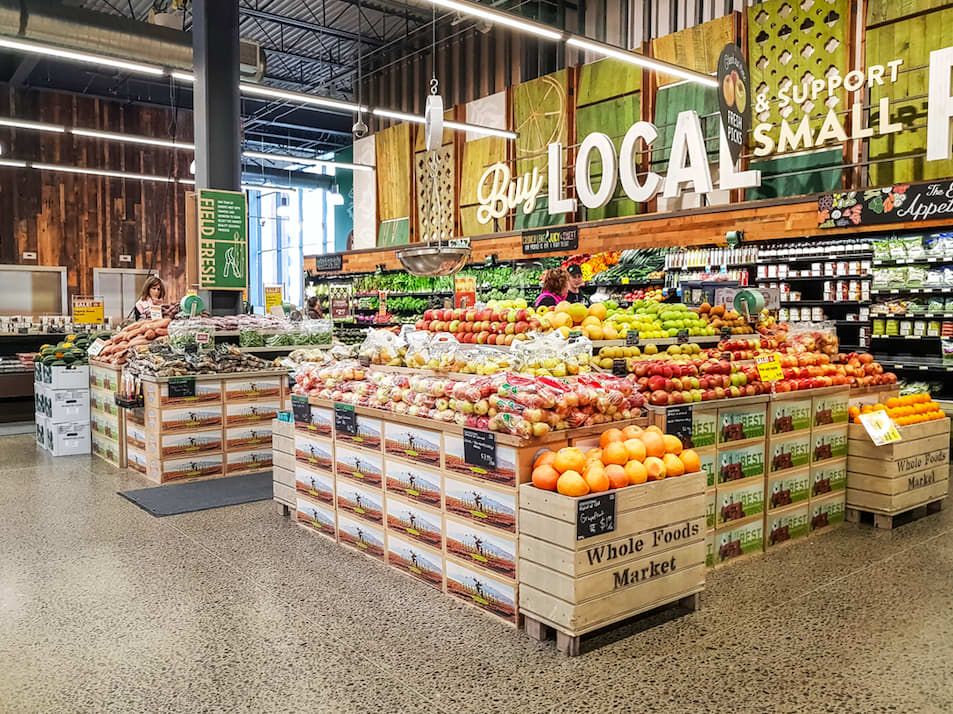Sharing practical and easy ideas to reduce my carbon impact on the planet, one month at a time.
Is this a good time to talk about food? Last year I was responsible for 1.4 tonnes of carbon emissions, all from buying food. Unfortunately, one of my favourite pastimes – cooking food and eating it – is also one of the bigger contributors to the volume of greenhouse gases I emit. If I want to cut my emissions, I need to look at my buying habits and change them for the better.
I would love to say I only shop locally, and with provenance in mind, but it’s wishful thinking. The reality is often a dash into the supermarket after work; eco-fatigue losing to eco-anxiety as I chuck stuff in the trolley that meets mama’s need for speed and convenience. I desperately want to nourish myself, my kids and the planet, but to be frank, I don’t always have the time. The good news is, despite the competing needs of myself and the planet there are things I can do:
Always:
- No matter where I’m shopping, buy seasonal food. Eg. if I only bought UK asparagus in the summer instead of air-freighted asparagus from Peru year-round, it would save nearly 18,000 tonnes of carbon a year.
- Pause before I pounce; take a moment to ask myself if I really need it before it goes in the trolley. Buying only what I need and ignoring the bogofs and special offers makes a difference, potentially 17% less carbon every year.
- Keep sending messages through my buying power and tell people about why I’m making carbon friendly choices.
Ideally:
- Shop like my grandparents and invest in local. Spending my money locally keeps my community buoyant and shop rents down. Packaging and processing food adds to carbon tonnes, so fresh is usually the better choice.
- Bake cakes, biscuits and other delicousnesses. Rather than a shop-bought treat, homemade can save up to 73% on carbon emissions.
- Support regenerative farming where I can which means buying from farms directly or from shops that sell from those farms. Regenerative farming deserves a whole feature, but in a nutshell the way the land is farmed aims to reverse climate change by improving soil so it is able to draw down carbon from the air and store it within. It also restores biodiversity.
- Check out glorious Oxfordshire farms like Sandy Lane Farm in Thame who are the royalty of heritage wheat varieties and North Aston who run a micro dairy as well as delivering boxes of fruit and veg.
Finally, a plea please! A directory of local farmers, suppliers and producers would be so helpful. So much is being done by organisations like FarmEd [ www.farm-ed.co.uk] to make us aware of how food is produced but still there’s room for much more clear signposting to make the weekly shop easier.









